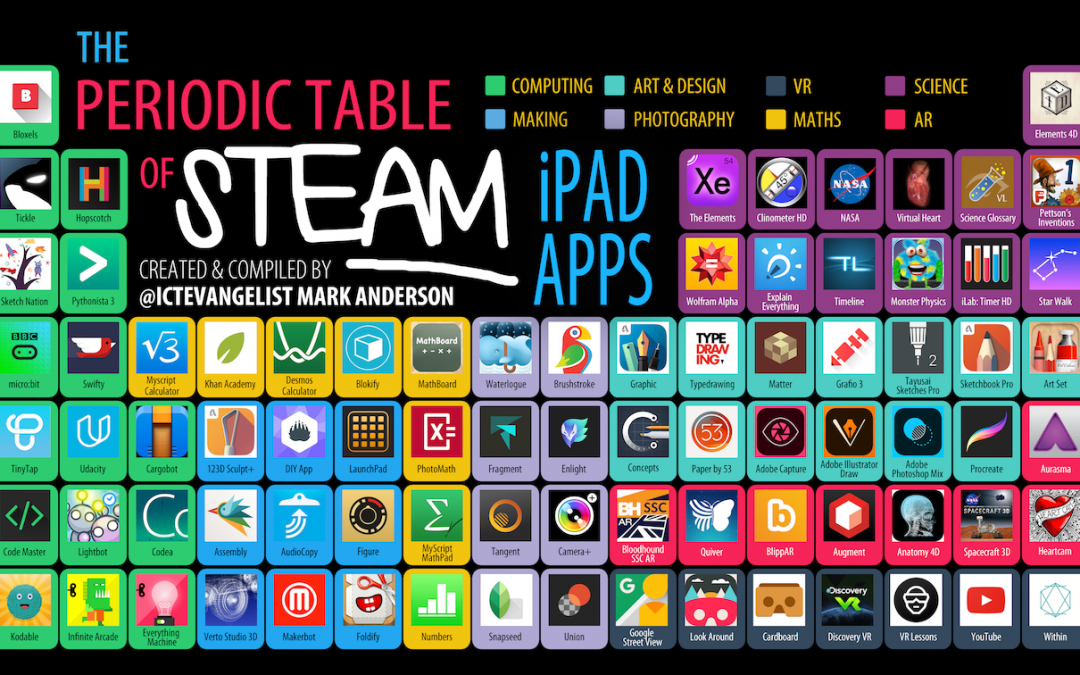
Periodic Table of STEAM Apps
I found this table of Twitter. It’s a good resource if you are thinking about downloading new apps for Science, Technology, Expressive Arts and Maths. Most apps are free to download.

I found this table of Twitter. It’s a good resource if you are thinking about downloading new apps for Science, Technology, Expressive Arts and Maths. Most apps are free to download.
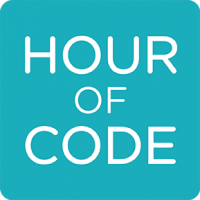
In Primary 3-7, learners at Saint Matthew’s Primary School discovered what an algorithm is. For this lesson I used res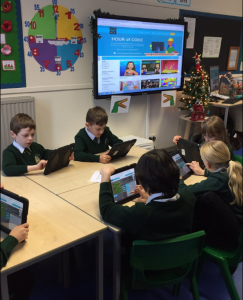 ources from Barefoot Computing. After watching a short video and discussing algorithms we see everyday, learners followed my class algorithm to create a monster using a Whiteboard app. After the algorithm was complete, the learners shared their creations and discussed as a class why every monster was not the same. We discovered that when creating an algorithm, each step has to be clear and specific otherwise it wouldn’t work in they way we want it to.
ources from Barefoot Computing. After watching a short video and discussing algorithms we see everyday, learners followed my class algorithm to create a monster using a Whiteboard app. After the algorithm was complete, the learners shared their creations and discussed as a class why every monster was not the same. We discovered that when creating an algorithm, each step has to be clear and specific otherwise it wouldn’t work in they way we want it to.
I then introduced learners to a great resource, Hour of Code. This is a website that can be accessed at home or in school. Learners are not required to create accounts, unless it is necessary to keep an online record of work. Each tutorial available is designed for all ages in over 45 languages and contains teacher notes and resources.
Today, learners were instructed to use a self led tutorial, Minecraft Hour of Code to create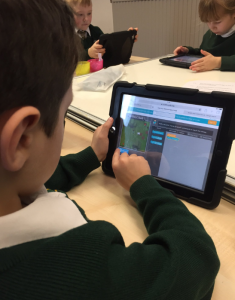 algorithms which would allow them to design a game. This was very popular as many of the children play Minecraft at home and were interested in how games are created through block coding. Children who have English as their second language were also able to opt for their first language to work through each challenge independently. Each stage of the challenge had pre recorded videos of the creators of Minecraft explaining how games are made and how to complete the following challenge.
algorithms which would allow them to design a game. This was very popular as many of the children play Minecraft at home and were interested in how games are created through block coding. Children who have English as their second language were also able to opt for their first language to work through each challenge independently. Each stage of the challenge had pre recorded videos of the creators of Minecraft explaining how games are made and how to complete the following challenge.
When I left the class, they were thoroughly engaged, remembered and understood what an algorithm is and were eager to test out new tutorials. A recent update is an Hour of Code for Moana, a recently released Disney film.
Next week between 5-11 of December, there is a global Hour of Code which learners can take part in. You can take part by visiting this link: Global Hour of Code .
No experience is n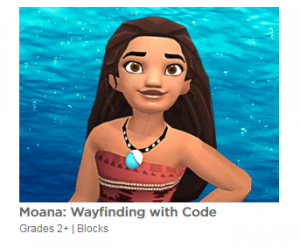 eeded and is recommended for ages 4 to 104.
eeded and is recommended for ages 4 to 104.
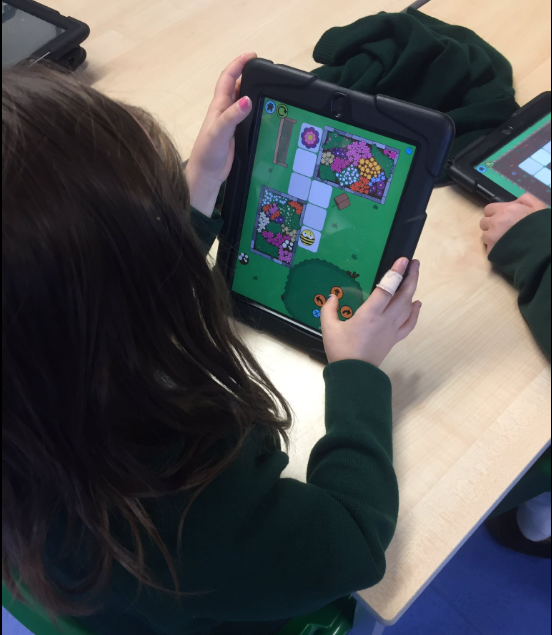
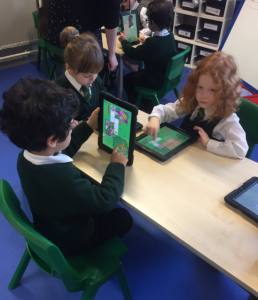 As part of our Technology Experiences and Outcomes, all learners should have experience of “developing problem-solving strategies, navigation and co-ordination skills, as they play electronic games, remote control or programmable toys” TCH 0-09a/ TCH 1-09a.
As part of our Technology Experiences and Outcomes, all learners should have experience of “developing problem-solving strategies, navigation and co-ordination skills, as they play electronic games, remote control or programmable toys” TCH 0-09a/ TCH 1-09a.
Today at Saint Matthew’s Primary School, I delivered a lesson on giving instructions and positional language. Learners from Primary 1 to 3 discussed different places they can find instructions and what they are used for. They also played Simon Says to consolidate their understanding of the commands forward, backwards, right and left. From there, the children were asked to open the Beebot app and work through the game, programming the Beebot to move onto the flower.
The children had to use problem solving skills and collaborated with others to find the correct sequence of instructions to complete each level. At times this was tricky as they had to think about the direction the Beebot was facing and not the position they were in.
As groups worked on this independently and with teacher support. Small groups had a chance to give instructions to a physical robot, Dash. This was a great way to demonstrate to younger children the realistic outcomes of programming.
This week we have been experimenting with Augmented Reality (AR) Apps that are free and brilliant!
Quiver – Let 3D augmented reality take your colouring to the next level…
Step 1: Print your colouring page from this link Colouring Packs
Step 2: Colour in your picture
Step 3: Bring it to life. Open the Quiver app and hold the camera over your colouring page and watch it come to life.
Here are some examples I did below:
HeartCam – An augmented reality heart viewer that creates the effect of seeing someone’s heart beating through a hole in their chest
Step 1: Print and attach this image to your chest
Step 2: Open the HeartCam app and point the camera to the image
Great to use for children learning about The Human Body. You also have the option to zoom in and out to look closer at different areas of the heart.
Anatomy 4D – An interactive 4D experience of human anatomy
Step 1: Print images of The Human Body and The Heart here
Step 2: Open Anatomy 4D app and point camera over one of the images
Step 3: Explore…
This app would be suitable for older pupils
Animal 4D+ – A new way of seeing animals in Augmented Reality giving you both interesting and informative facts about animals through A to Z
Step 1: Print out cards from here
Step 2: Open Animal 4D+ and point camera over selected image
Step 3: Learn and explore
Space 4D+ – Embark on a space exploration experience. A collection of 37 AR flashcards about space including the solar system, planets, space objects, satellites, rovers and space missions
Step 1: Print AR flashcards here
Step 2: Open Space 4D+ app and point camera over selected image
Step 3: Learn and explore
Octaland 4D+ – Flashcards include people, houses, vehicles and other AR magic!
Step 1: Print AR cards from here
Step 2: Open Octaland 4D+ app and point camera over selected image
Step 3: Learn and explore
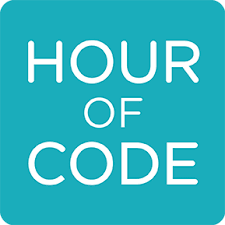 Join millions of teachers and pupils worldwide taking part in an Hour of Code between 5-11 December. As part of Computer Science Education Week, The Hour of Code is a one-hour introduction to computer science, designed to demystify “code”, to show that anybody can learn the basics, and to broaden participation in the field of computer science.
Join millions of teachers and pupils worldwide taking part in an Hour of Code between 5-11 December. As part of Computer Science Education Week, The Hour of Code is a one-hour introduction to computer science, designed to demystify “code”, to show that anybody can learn the basics, and to broaden participation in the field of computer science.
Anyone can organise an Hour of Code event. No experience of coding is needed and is suitable for anyone between the ages of 4 to 104. For more information please click here